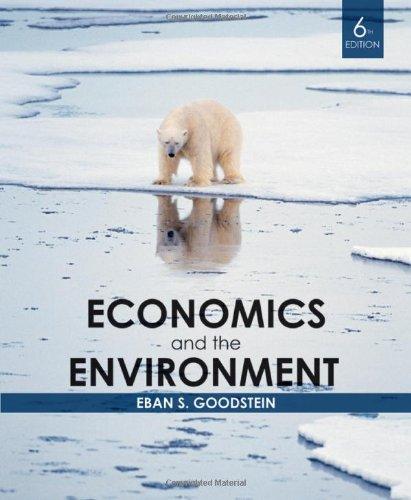Consider the following statement published on the website of the AEI-Brookings Joint Center for Regulatory Studies: EPAs
Question:
Consider the following statement published on the website of the AEI-Brookings Joint Center for Regulatory Studies:
EPA’s analysis of its new arsenic rule estimates annual costs of $210 million and benefits of $140 million to $200 million . . . with resulting net costs of $10 million to $70 million. This clearly signals an inefficient rule, but recent analysis by the Joint Center estimates that true net costs are closer to $190 million per year. . . . Beyond the high costs of the rule, Burnett and Hahn (the authors of the Joint Center study) raise the possibility that implementation of the rule could actually result in a net loss of lives. The high costs of the rule would reduce funds available to individuals for health care. The long latency period associated with arsenic-related cancers means that reduced funds for health care could result in a net increase of health risk, on the order of about 10 lives per year.
The difficulty of justifying EPA’s arsenic standard with cost-benefit analysis demonstrates clearly that this rule should be withdrawn (‘‘Drinking Water,’’ 2006).
1. How do you know that the EPA has chosen a safe rather than an efficient standard?
2. In arguing for a move toward efficiency, how do Burnett and Hahn utilize the idea of a Pareto improvement? Describe how they see such an outcome arising.
3. Does a Pareto improvement seem plausible in this case? Why or why not?
Step by Step Answer:







